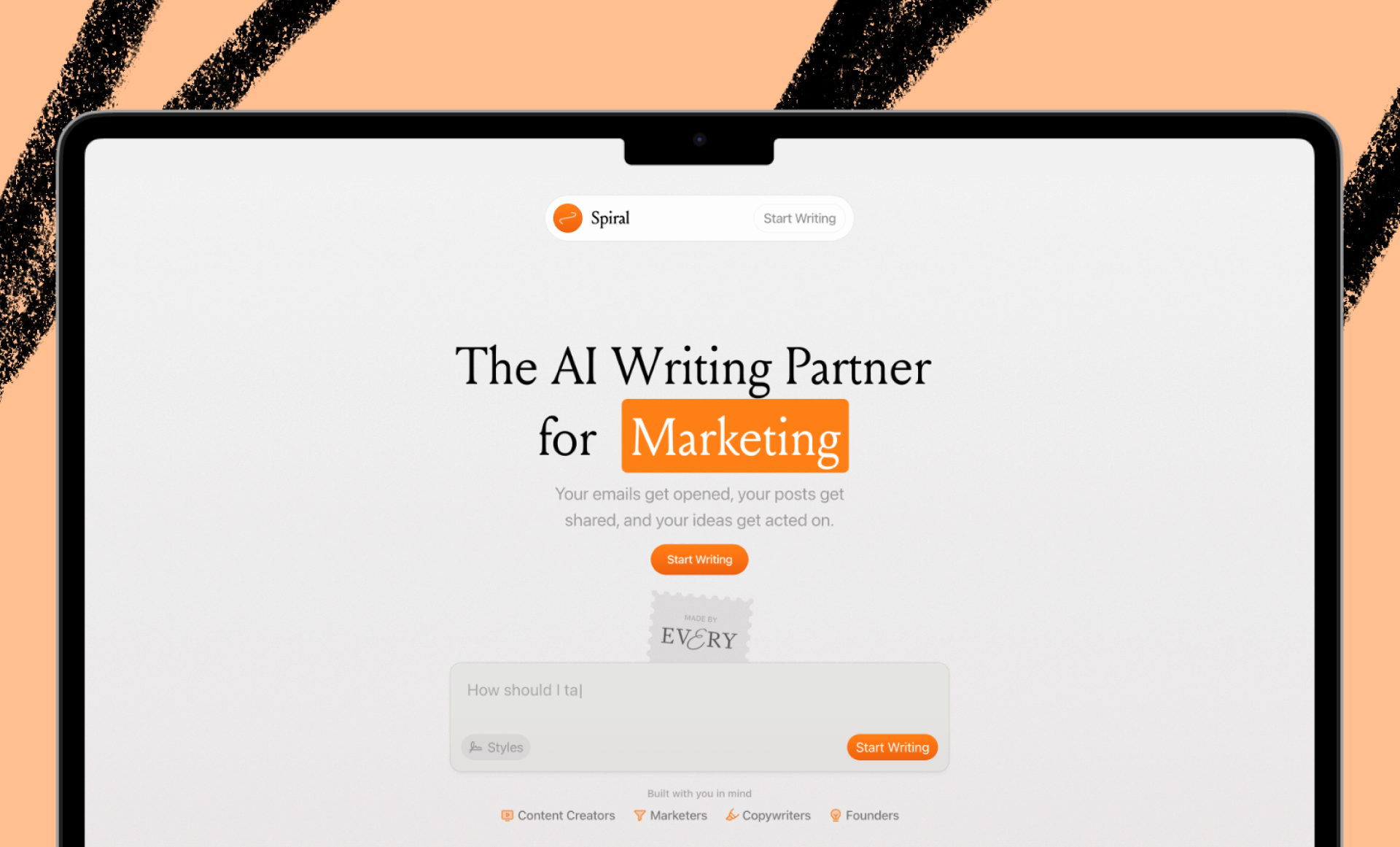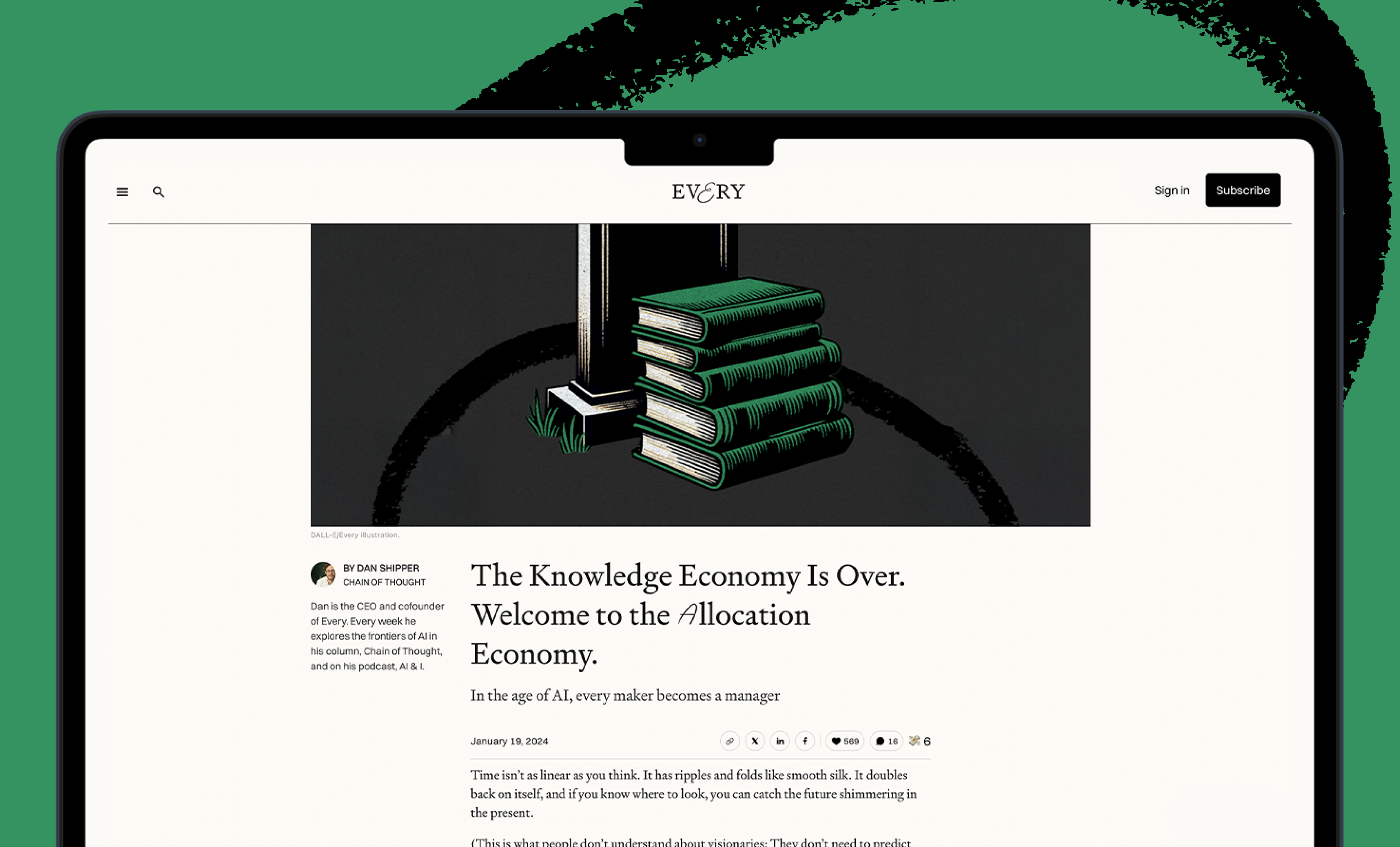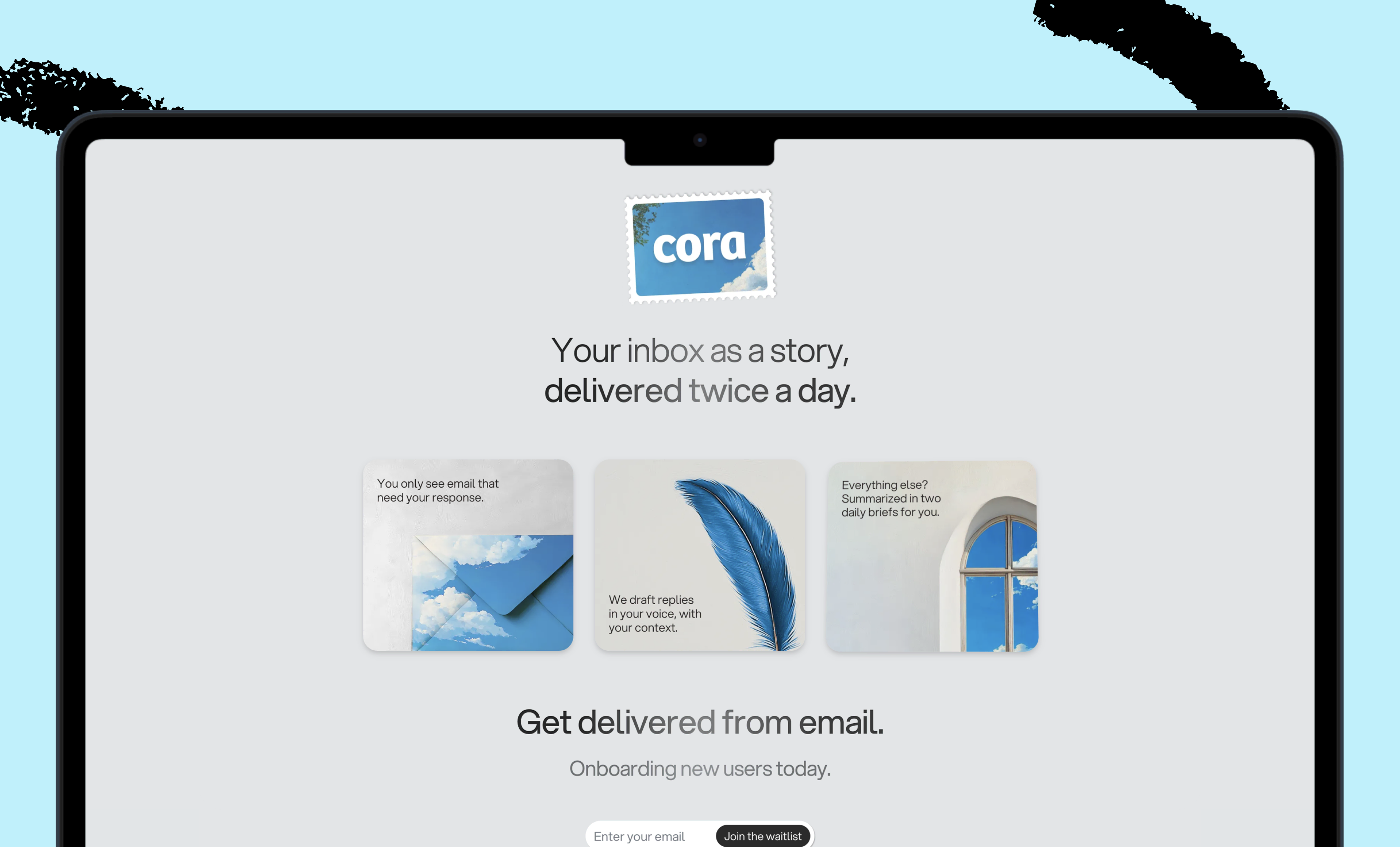
TL;DR: Today we’re releasing a new episode of our podcast AI & I. I go in depth with Mike Maples, the cofounder and partner at Floodgate. We discuss how AI is fundamentally changing the way startups are funded and run. Watch on X or YouTube, or listen on Spotify or Apple Podcasts. Here’s a link to the episode transcript.
Was this newsletter forwarded to you? Sign up to get it in your inbox.
Mike Maples knows how AI startups can beat incumbents with billions of dollars.
Mike—who wrote early checks to Twitter, Twitch, Okta, and Lyft, and now invests through Floodgate, the fund he cofounded—told me it's not about the smartest model, or raising the most money.
Startups can win in AI with better strategy.
AI is changing the economics of startups—both how they’re started and how they’re funded. A new breed of companies is emerging, and I invited Mike on the show to talk about how they can best strategize. Last year, Mike co-authored a book called Pattern Breakers, which is essentially a guidebook to why there’s no guidebook to building companies. I really liked it, and my colleague Evan Armstrong reviewed it for Every, so I was glad to have him on. We talk about how shifts in technology create space for smaller players to compete—even with AI giants like OpenAI—and how to capitalize on them. Here’s a link to the episode transcript.
You can check out our conversation here:
If you want a quick summary, here are some of the themes we touched on:
New technology has the potential to create asymmetric advantages (00:04:31)
Mike calls fundamental shifts in technology “sea changes.” When there’s a sea change, such as mass connectivity to the internet in the 1990s, business models shift. SaaS businesses, for example, grew out of this digital revolution. According to Mike, these shifts create space for startups to outpace incumbents. He says you should ask yourself, “How does AI make some business models relatively more attractive…and how can I as a startup exploit those new opportunities…[in] some type of insight in my business model [or] go-to-market strategy that disorients incumbents…where they have a disincentive to retaliate or to copy your strategy.”
Innovate the business model, not just the product (00:05:44)
The Only Subscription
You Need to
Stay at the
Edge of AI
The essential toolkit for those shaping the future
"This might be the best value you
can get from an AI subscription."
- Jay S.
Join 100,000+ leaders, builders, and innovators

Email address
Already have an account? Sign in
What is included in a subscription?
Daily insights from AI pioneers + early access to powerful AI tools








.31.48_AM.png)


Comments
Don't have an account? Sign up!